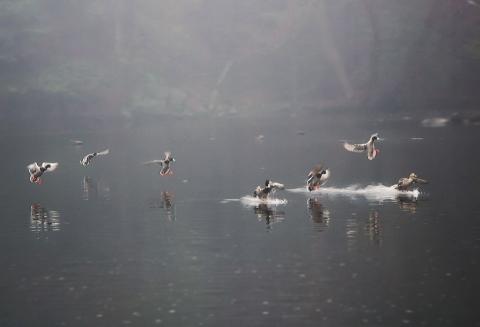Roger Burge | Originally published in GameKeepers: Farming for Wildlife Magazine. To subscribe, click here.
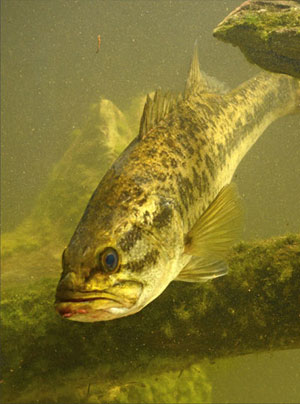 How Pond Aeration Systems Can Prevent Pond Turnover
How Pond Aeration Systems Can Prevent Pond Turnover
You have spent the last several years carefully cultivating an exceptional fishery within your pond. By implementing management practices such as liming, fertilizing, stocking, supplemental feeding and bass harvest, the quality of the population has grown by leaps and bounds. Everything seems to be going smoothly, and then you arrive to the pond one day to find hundreds of dead fish floating on the surface and countless others gulping for air. What happened?
While there are several causes of fish mortality, one common cause of large-scale kills in sport fish ponds is caused by an event known as “turnover.” While many of us have heard this term used casually in conjunction with fish kills, I would like to thoroughly examine the process and causes of turnover. Lastly, we will explore options that pond owners have to mitigate the consequences of these destructive events.
What Causes a Pond to Turnover?
As water begins to heat up during late spring and early summer, the water column in ponds becomes stratified into two very distinct layers. The top five to six feet of the water is a very productive layer, high in dissolved oxygen and phytoplankton.
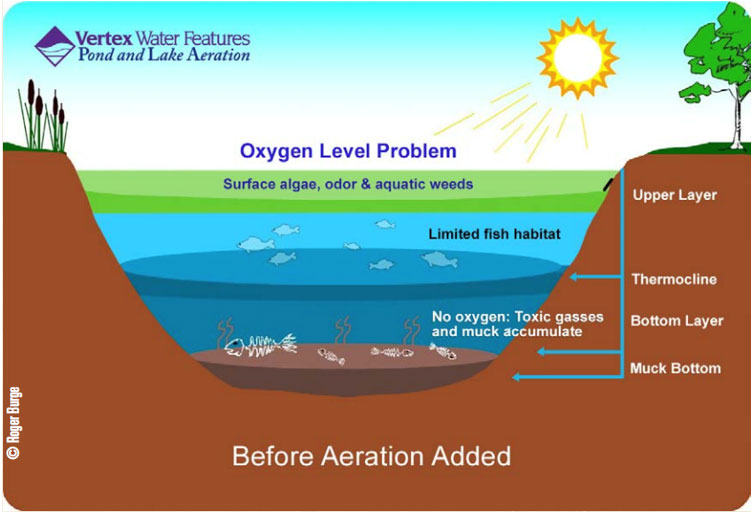

This bloom of phytoplankton, often fueled by fertilization, produces high rates of dissolved oxygen as a by-product of photosynthesis. It also provides a food source for small forage species such as bluegill, threadfin shad, golden shiners and others. This phytoplankton base is the building block for the food chain and crucial to produce a quality fishery.
Below this oxygen-rich, productive layer is a cooler layer on the bottom. This bottom layer is very low in dissolved oxygen and phytoplankton, making it very difficult for fish to thrive in this area for any length of time. Any depths greater than five or six feet usually assume this role throughout the heat of summer.
Turnover occurs when a sudden cooling event triggers the top layer to cool and sink. This mixing action produces an anoxic environment in which fish simply cannot survive. Common cooling events that may trigger this process are large amounts of cool rainfall during a storm or possibly an unusually cold night during the early fall.
Other Causes of Fish Kills
Fish kills may also occur without turnover. As previously mentioned, the pond’s phytoplankton bloom is the main producer of oxygen. Sudden loss of this bloom will drastically reduce oxygen levels and may result in fish mortality. While this action produces similar results, dead fish, the process of bloom die off is commonly confused with pond turnover. In reality, these processes are very different.
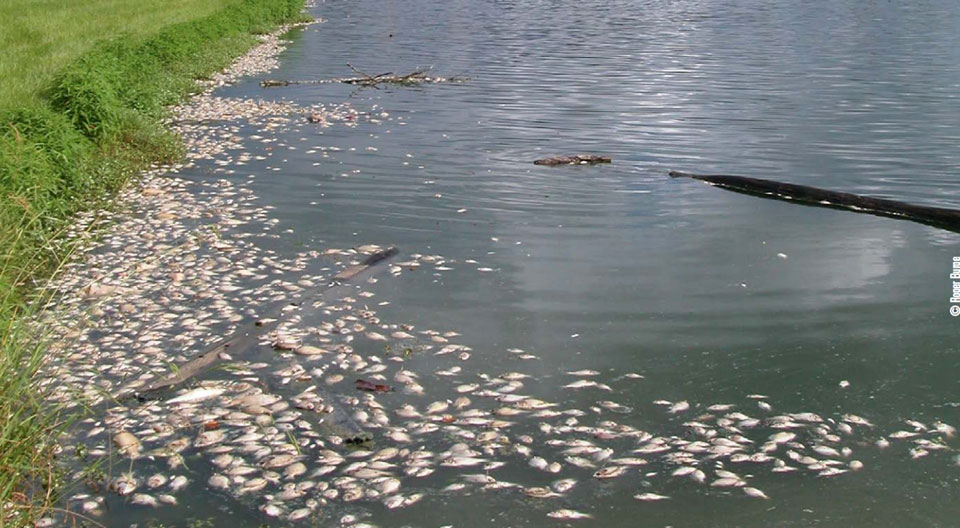
Environmental conditions that commonly lead to the loss of a phytoplankton bloom are consecutive overcast days during warm months, or rainfall. When overcast weather persists for several days in a row during warm times of the year the photosynthetic process of phytoplankton is disrupted. If extended for long periods of time, this will result in mortality of phytoplankton. Sudden, cool rainfall may also result in bloom mortality from the shock of the temperature change. While the rainfall event may not be enough to turn the pond over, decreased oxygen levels may be experienced from the loss of phytoplankton.
As gamekeepers, we realize that many uncontrollable environmental variables are at work throughout our efforts to responsibly manage our natural resources. While temperature, wind and rainfall are completely out of our control, we do have options to mitigate the effects of these factors as it relates to pond turnover and fish kills.
Pond Turnover Prevention
Pond stratification during warm months allows the possibility of turnover due to a cooling event to occur. By eliminating stratification, the possibility of a fish kill is virtually eliminated as well.
Diffuser aeration systems have been proven to dramatically decrease the possibility of fish kills caused by circumstances of low dissolved oxygen. These circumstances include pond turnover and loss of phytoplankton bloom. Diffuser systems are powered by a small air compressor that is mounted close to the bank of the pond. These may be 110v or 230v depending on the size of the system necessary to service the pond, or in some cases may be powered by a windmill.
Air is pumped through weighted tubing to diffuser plates resting along the bottom, which produce a stream of tiny air bubbles that rise to the surface. Through constant oxygenation of the pond from the bottom to the surface, stratification is eliminated. What once were two distinct layers of water is now one oxygenated mixture.
Additional benefits associated with the use of a diffuser aeration system include:
- increased fish production
- increased growth rates
- decreased growth of invasive aquatic vegetation.
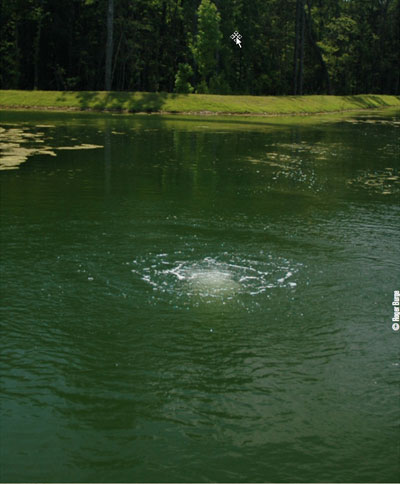
lake’s health and water quality. A Vertex Aeration system
can prevent pond turnover by adding oxygen to the water
at all depths.
Once the whole pond is oxygenated, the habitat available to resident fish populations is greatly expanded. Instead of being restricted to the top 5-6 feet, the entire pond becomes available. This increases the carrying capacity, or the amount of fish the pond can comfortably support. The end result is more fish, and happy anglers.
Gains in individual growth rates are often commonly noted as well. Fish often become stressed and lethargic when dissolved oxygen levels fall. They feed less frequently when stressed, and therefore exhibit decreased individual growth rates. Consistent oxygenation allows them to live comfortably and feed normally throughout the year.
Lastly, many forms of aquatic vegetation thrive in areas where dissolved oxygen is low. Specifically, forms of floating vegetation such as duckweed, water meal, and azolla become especially prosperous in stagnate environments. Providing consistent levels of high dissolved oxygen will greatly decrease weed growth. Over the life of the pond, this will provide considerable savings by reducing the frequency of herbicide applications.
Unfortunately, turnover is simply a fact of life. While some ponds are more susceptible than others, all will experience the detrimental effects of turnover at one point or another. As stewards of our environment, it is important to know the dynamics of these events, and what we can and cannot control. While every owner is different, it is well worth it to some of us to invest in a diffuser aeration system and sleep a little easier on those cool fall nights.

 How Pond Aeration Systems Can Prevent Pond Turnover
How Pond Aeration Systems Can Prevent Pond Turnover













